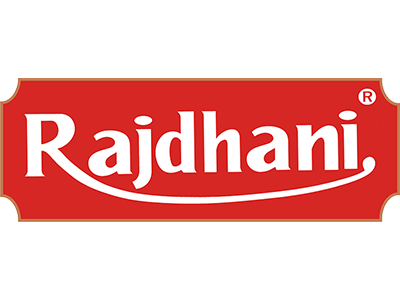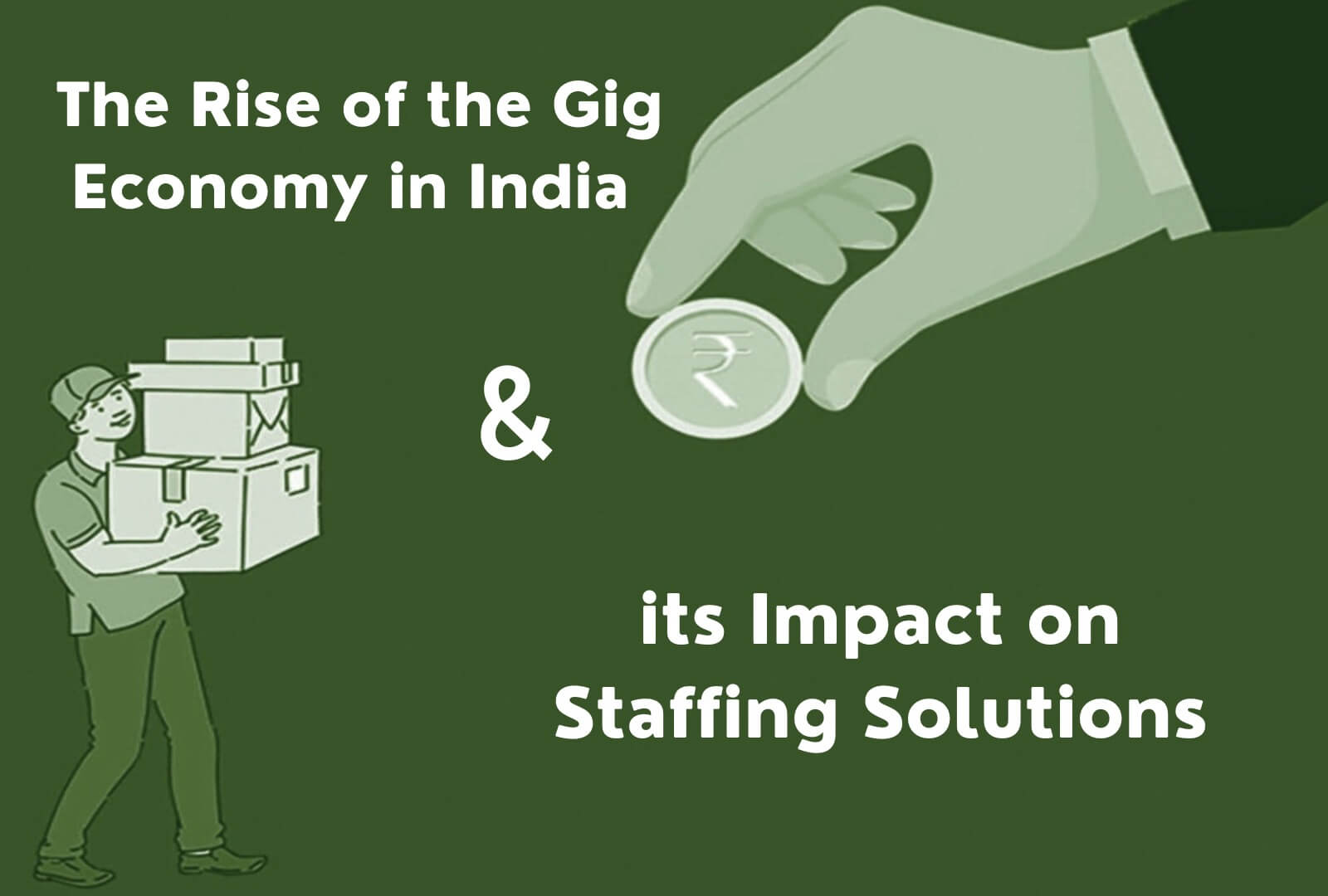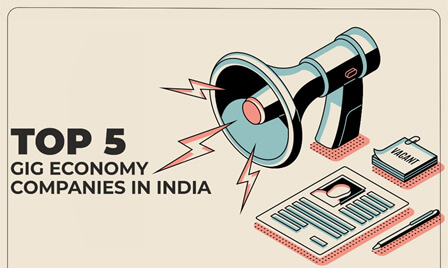The Rise of Micro Jobs in the Gig Economy

In recent years, the gig economy has become an increasingly popular way for people to earn extra income. With the rise of technology, it’s now easier than ever for anyone to find work online. One of the most popular forms of gig work is micro jobs. In this article, we’ll explore what micro jobs are, why they’re becoming more popular, and the benefits and drawbacks of working in this field.
Table of Contents |
1. Introduction
The gig economy has been growing rapidly in recent years, with many people seeking flexible, short-term work opportunities. Micro jobs are a popular form of gig work that allows people to complete small tasks in exchange for payment. In this article, we’ll explore what micro jobs are, why they’re becoming more popular, and the benefits and drawbacks of working in this field.
2. What are Micro Jobs?

Micro jobs are small, online tasks that can be completed quickly and easily. These tasks can range from data entry and online research to testing websites and completing surveys. Micro jobs are typically paid on a per-task basis and can range in pay from just a few cents to a few dollars. The tasks are usually posted on micro job platforms, where freelancers can browse and select the tasks they want to complete.
3. The Popularity of Micro Jobs in the Gig Economy
Micro jobs have become increasingly popular in the gig economy for a few reasons. First, they’re accessible to anyone with an internet connection, which means that people from all over the world can participate. Second, they don’t require any specific skills or experience, making them a great option for people who are just starting out in the world of freelancing. Finally, they offer a flexible work schedule, which allows people to fit work around their existing commitments.
4. Benefits of Micro Jobs
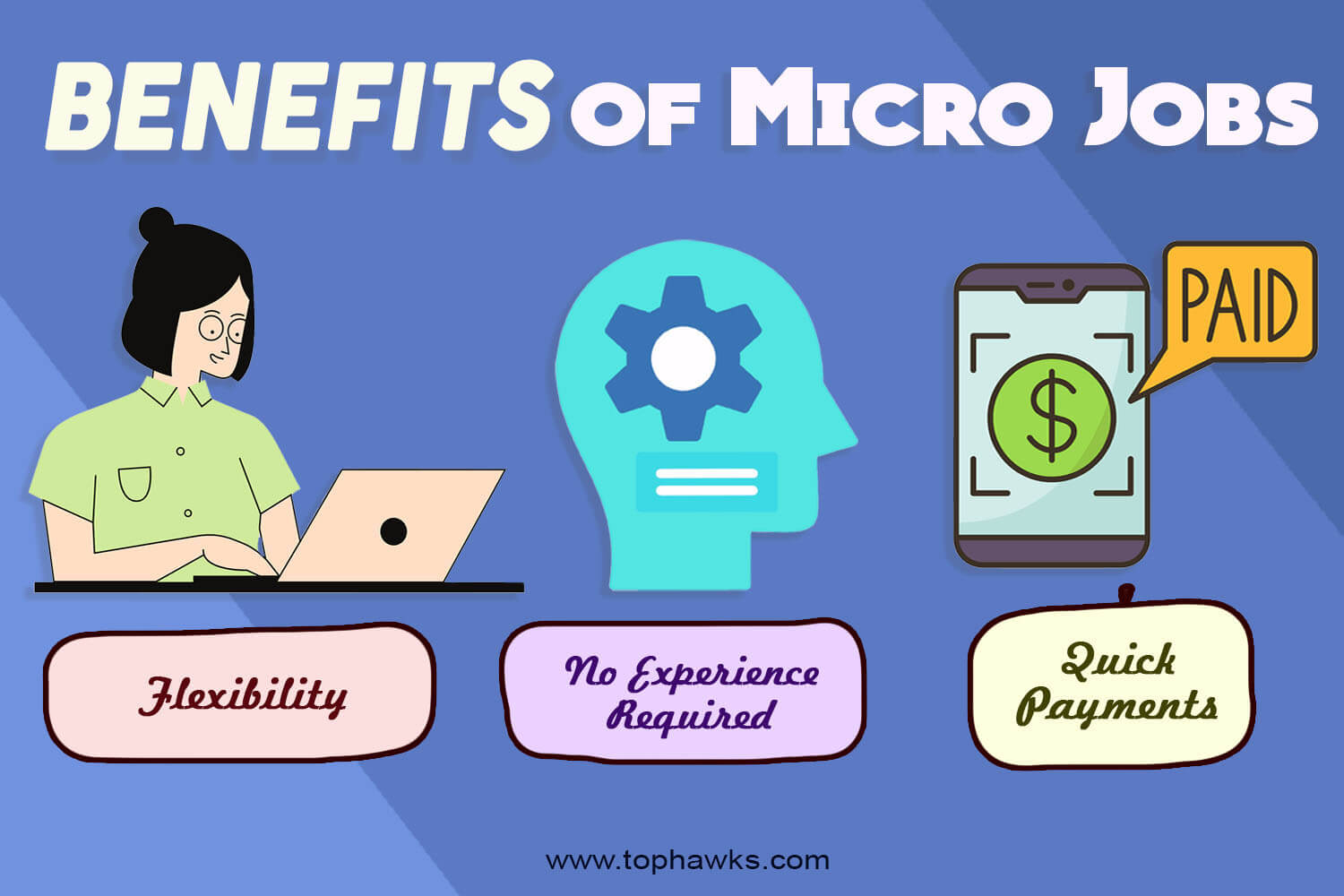
-
Flexibility
One of the biggest benefits of micro jobs is the flexibility they offer. Since the tasks are usually short and can be completed at any time, freelancers can fit them around their existing schedules. This makes micro jobs a great option for people who have other commitments, such as full-time jobs, school, or childcare.
-
No Experience Required
Another benefit of micro jobs is that they don’t require any specific skills or experience. This makes them accessible to anyone who has an internet connection and is willing to put in the time to complete the tasks. For people who are just starting out in the world of freelancing, micro jobs can be a great way to gain experience and build their portfolio.
-
Quick Payments
Since micro jobs are typically paid on a per-task basis, freelancers can receive payment quickly. This can be especially beneficial for people who need to earn money quickly or who are looking for a way to supplement their income.
5. Drawbacks of Micro Jobs
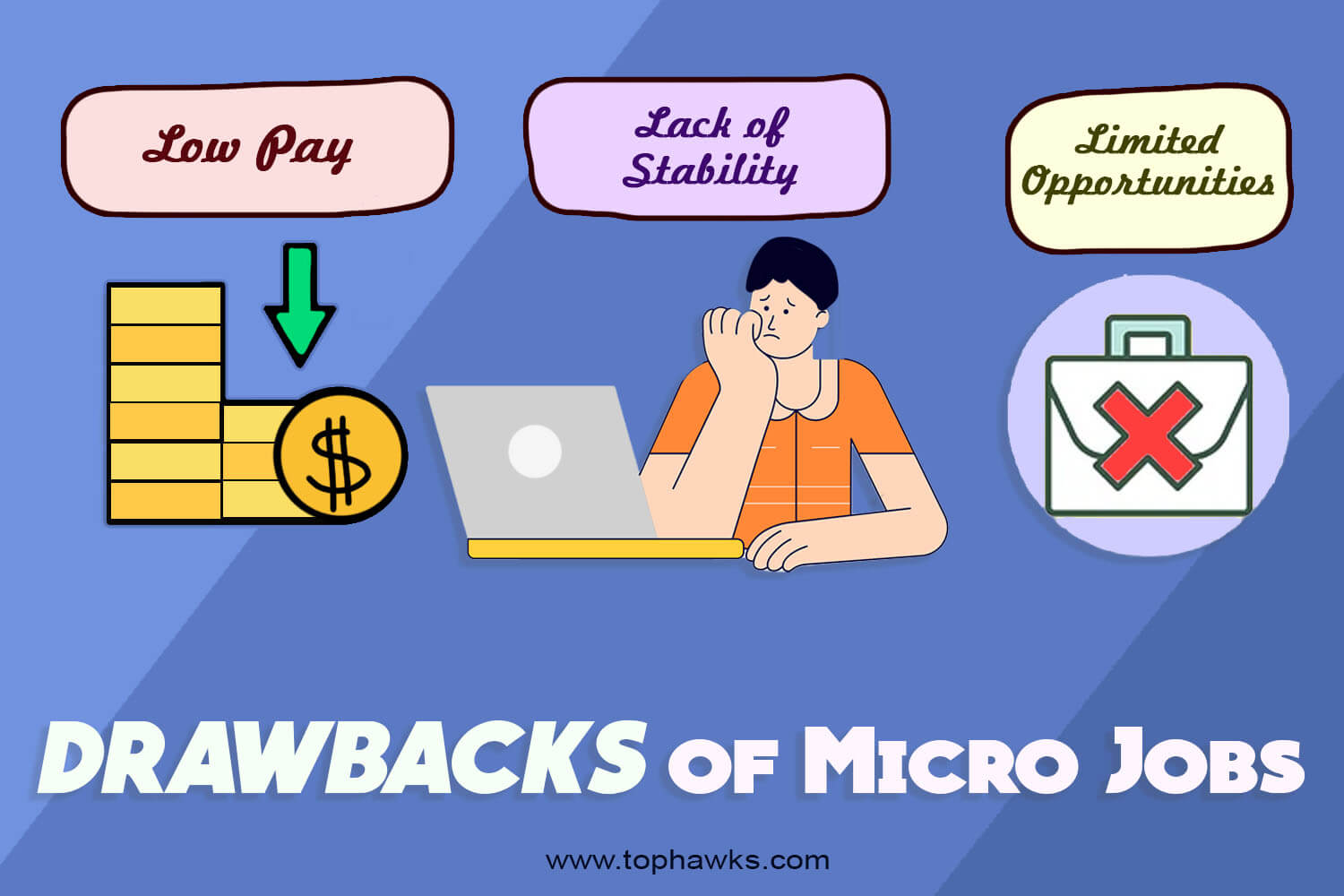
-
Low Pay
One of the biggest drawbacks of micro jobs is that they often pay very little. Since the tasks are usually short and don’t require any specific skills or experience, the pay can be as low as a few cents per task. This can make it difficult for freelancers to earn a decent income from micro jobs alone.
-
Lack of Stability
Another drawback of micro jobs is the lack of stability. Since the tasks are usually short-term and can be completed by anyone, there’s no guarantee that freelancers will be able to find work consistently. This can make it difficult for people who are relying on micro jobs as their primary source of income.
-
Limited Opportunities
While there are many micro job platforms available, the number of tasks and opportunities available can be limited. This means that freelancers may have to compete with a large number of other freelancers for the same tasks, which can make it difficult to secure work consistently.
6. Examples of Micro Job Platforms

There are many micro job platforms available, each with their own unique features and opportunities. Here are a few examples:
-
Amazon Mechanical Turk
Amazon Mechanical Turk is a popular micro job platform that offers a wide range of tasks, including data entry, online research, and website testing. The pay for tasks on Amazon Mechanical Turk can range from a few cents to a few dollars.
-
Fiverr
Fiverr is a platform that allows freelancers to offer their services to clients around the world. While Fiverr is primarily known for its freelance services, it also offers micro jobs such as social media promotion, logo design, and voiceover work.
-
TaskRabbit
TaskRabbit is a platform that connects freelancers with people who need help with various tasks such as cleaning, moving, and furniture assembly. While TaskRabbit is primarily focused on in-person tasks, it also offers some micro jobs such as virtual assistant work and data entry.
7. Tips for Succeeding in Micro Jobs

While micro jobs can be a great way to earn extra income, they can also be challenging. Here are a few tips for succeeding in the world of micro jobs:
-
Be Efficient
Since micro jobs typically pay very little, it’s important to be as efficient as possible. This means working quickly and accurately to complete tasks as efficiently as possible.
-
Choose Tasks Wisely
When browsing micro job platforms, it’s important to choose tasks that are a good fit for your skills and experience. This will help ensure that you’re able to complete the tasks quickly and accurately.
-
Build Your Reputation
Many micro job platforms allow freelancers to build a reputation by completing tasks and receiving positive feedback from clients. Building a strong reputation can help you secure more work and increase your earnings over time.
8. Conclusion
Micro jobs have become increasingly popular in the gig economy, offering a flexible and accessible way for people to earn extra income. While micro jobs have many benefits, including flexibility and no experience required, there are also drawbacks such as low pay and limited opportunities. By following these tips for succeeding in micro jobs, freelancers can maximize their earnings and build a successful career in this field.
9. FAQs
-
Are micro jobs a good way to earn a living?
Micro jobs can be a good way to earn extra income, but they’re typically not a good option for people who are looking for a full-time job or a consistent source of income.
-
How much do micro jobs pay?
The pay for micro jobs can vary widely, from just a few cents to a few dollars per task.
-
Do I need any specific skills or experience to do micro jobs?
No, micro jobs don’t typically require any specific skills or experience, making them accessible to anyone with an internet connection.
-
How do I get paid for micro jobs?
Most micro job platforms pay freelancers through PayPal or other online payment platforms.
-
Can I do micro jobs from anywhere in the world?
Yes, micro jobs can be done from anywhere in the world, as long as there’s an internet connection available.
Trusted by 500+ Clients
Get in Touch
We are here for you, and we are wearing our thinking caps







